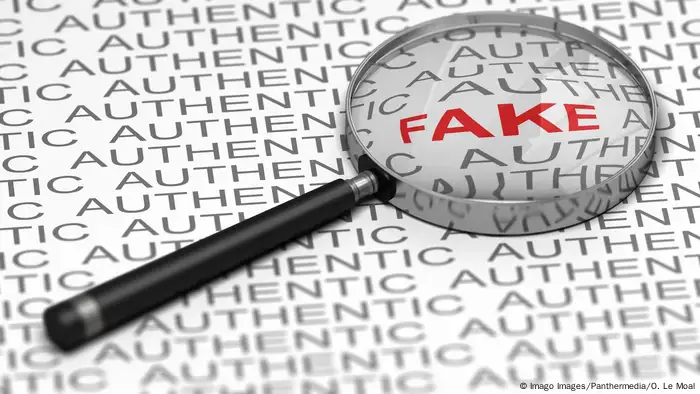Fact-checking
How can fact-checking be improved? Some suggestions from scholars and practitioners
Fact-checking is popular but not always optimally effective. How can fact-checkers improve? What might they consider doing differently? Here are some proposals from fact-checkers and those who study them.
What can fact-checkers do to increase the impact of their work? Scholars, journalists, and fact-checkers themselves have developed a number of proposals for improving their effectiveness.
Recommendations from social scientists
In a study, communications scholar Nathan Walter and colleagues explored several methods for improving the presentation of fact-checked information. One of their key findings is that fact checks should ideally be as unequivocal as possible and make clear assessments. They should thus avoid labels such as “disputed” or “mostly false,” which can actually “increase the credibility of various ungrounded statements.”
According to them, fact checks that explain information with complex language are generally less effective, even among better-educated audiences. However, they found that the length of fact checks did not have as much of an impact, at least within the range they studied. On average, these were about 300 words long (about half a page).
Many fact-checkers use visual aids to communicate information and attract audiences’ attention. For example, Argentina’s Reverso Archives places a frame around images and overlays them with a color-coded label like “False” or “Misleading.” AFP Fact Check also clearly overlays photos from websites or social media with its own labels. It also presents associated misleading claims together with such images – making sure they include a very visible question mark.
Some visual aids though, such as “truth scales,” seem to be less helpful, as Walter and colleagues observed. Certain audiences seem to turn off because they interpret these images as a “partisan cue.” An alternative approach suggested by the American Press Institute (API) might be to deploy visual aids such as timelines, interactive graphs, and maps, which offer a better means of communicating complex information simply to digital audiences.
API encourages fact-checking as part of its larger strategy for countering misinformation and polarization. They recommend presenting false information inside a “truth sandwich.” This involves stating correct information first to frame misleading content, then repeating the correction as part of the debunk. Much like the image stamps described above, the aim is to ensure that questionable information cannot be mistaken for factual news.
API also wants fact-checkers to “Contending with Polarized Audiencesmake conflict great again” by complicating narratives in ways that force audiences to reflect rather than enabling them to “dig into their previously-held opinions.” To do this effectively, fact-checkers should avoid making sweeping attributions or drawing false equivalences between opposing viewpoints. Ideally, a fact check should analyze the underlying motivations behind misleading information and explain complex issues with nuance. Indeed, API recommends that authors “fact check issues, not claims.”
Pursuing such a strategy can help overcome some of the limitations of straightforward fact-checking. As an academic study testing fact checks of anti-immigrant rhetoric in France argues, fact-checking that is confined to exposing audiences to “raw facts from official sources” does not go far enough. In order to challenge narratives built around misleading information, fact-checkers need “to question the policy conclusion, using the correct facts, logical links, and narratives.”
The suggestions above constitute some first steps towards the next generation of more sophisticated fact-checking that fact-checkers themselves have called for.
How can fact-checkers increase their effectiveness?
-
Emphasize correct information rather than misleading claims (using image stamps or “truth sandwiches”)
-
Provide unambiguous assessments (and avoid confusing labels like “mostly false”)
-
Avoid drawing false equivalencies between opposing viewpoints
-
Explain things clearly, but don’t shy away from complexity – straightforward language is more important than the length of the explanation, and audiences appreciate nuance
-
Situate fact checks within broader issues – don’t just focus on isolated claims
-
Analyze and explain the strategies behind misinformation – connect fact checks with media and information literacy
DW recommends
- Date 15.10.2020
- Author Andrew Tompkins
- Print Print this page
- Permalink https://p.dw.com/p/3jpH3
- Date 15.10.2020
- Author Andrew Tompkins
- Print Print this page
- Permalink https://p.dw.com/p/3jpH3

